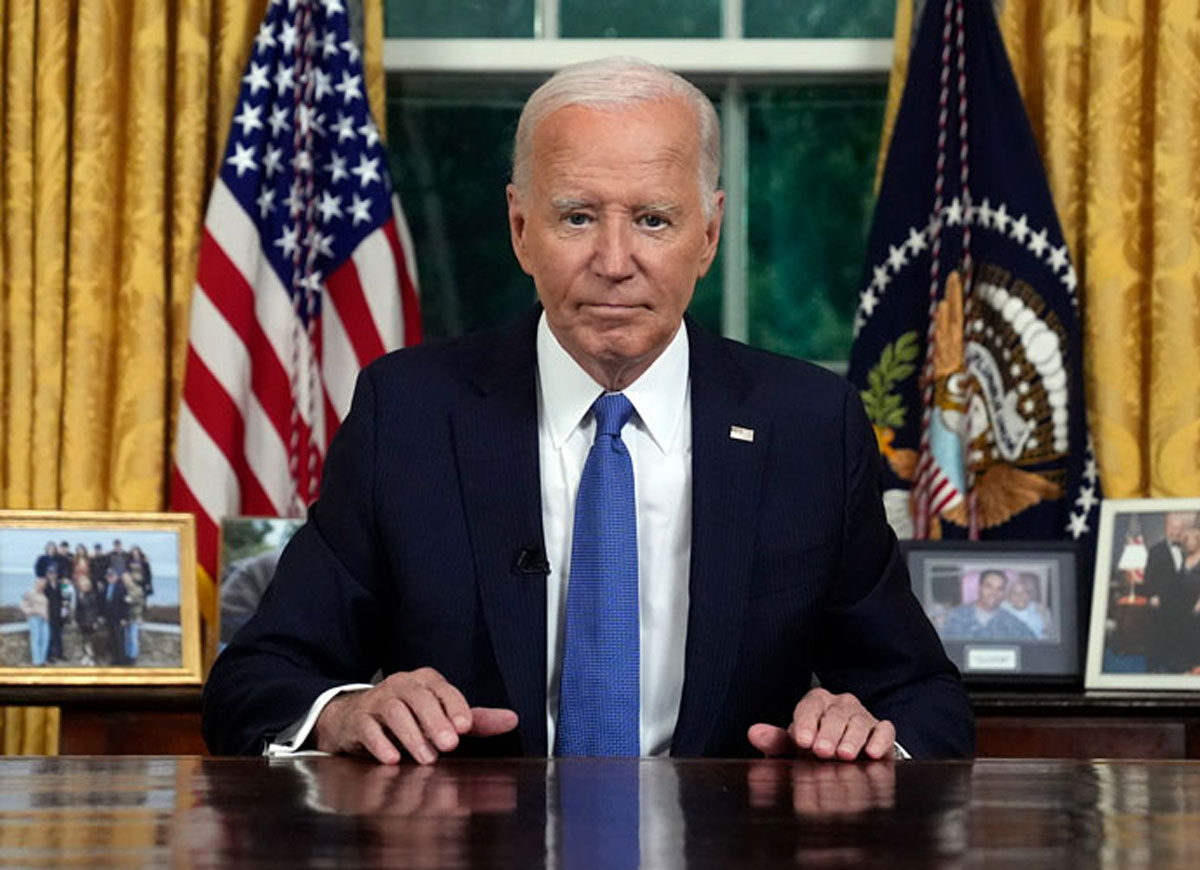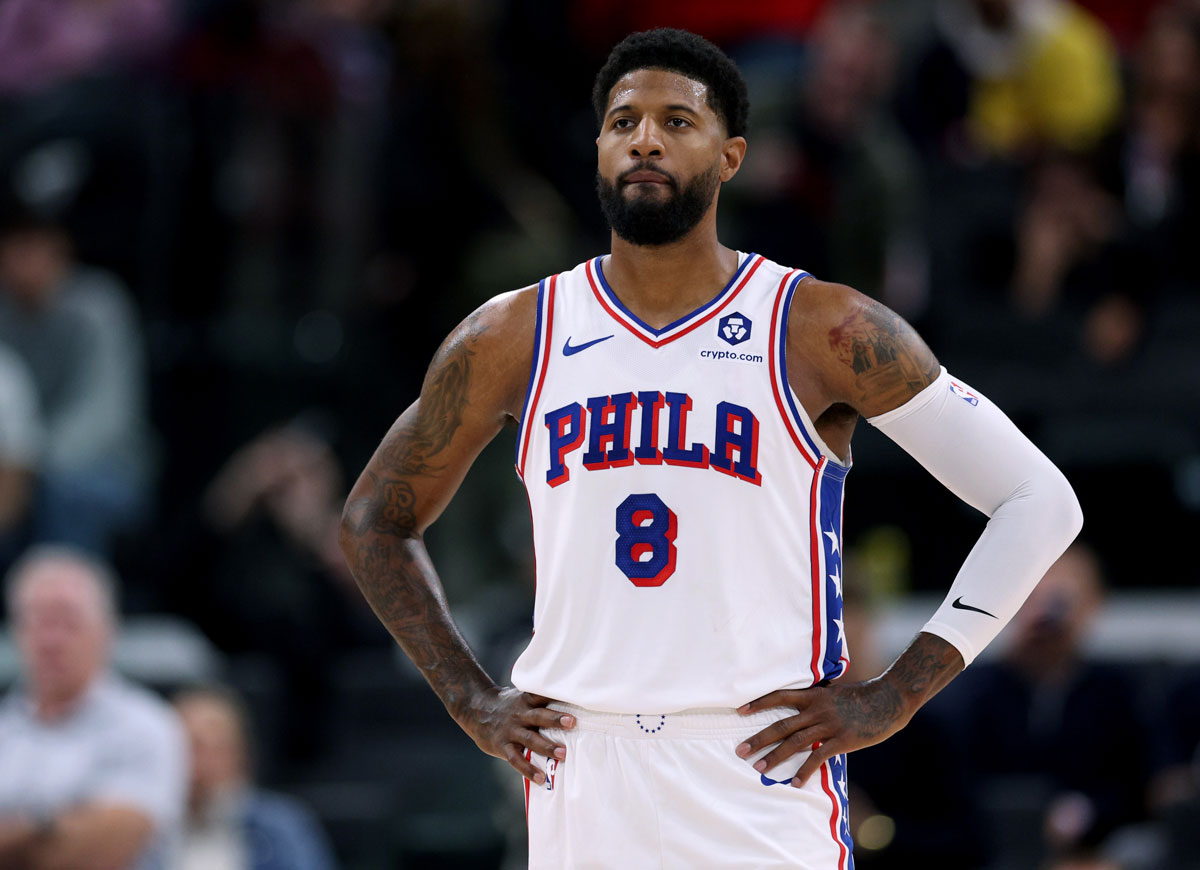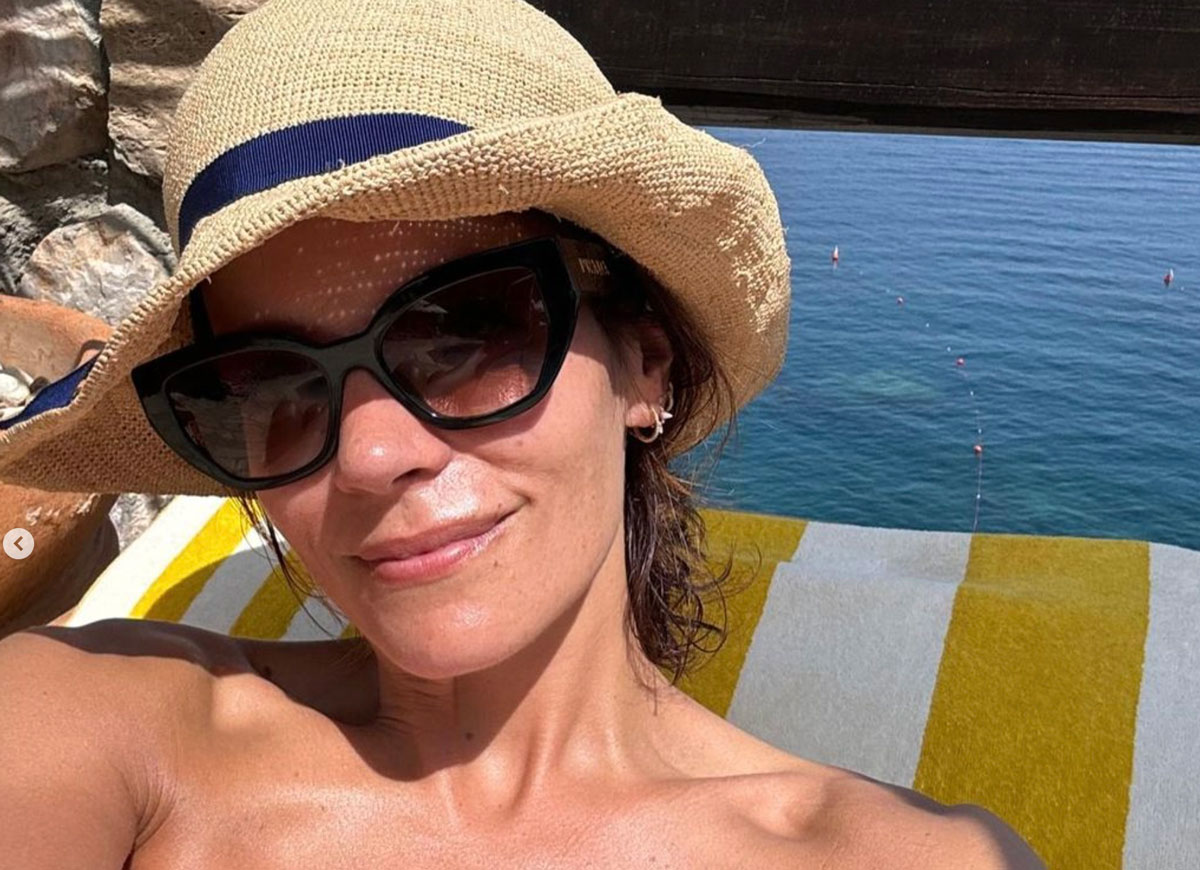Christoph Waltz On ‘Big Eyes,’ Tim Burton [EXCLUSIVE VIDEO]
Christoph Waltz plays the late art fraud Walter Keane in Tim Burton‘s biopic Big Eyes, which stars Amy Adams as the true artistic talent Margaret Keane.
Christoph Waltz On ‘Big Eyes’
Playing Walter Keane, Waltz had the challenge of taking on the persona of a man whose sheer desire to be a successful artist coupled with his intense charisma allowed him to dupe the world and keep his skilled wife silent and hard at work for years. Waltz, who was recently honored with a star on the Hollywood Walk of Fame, admitted that capturing Keane’s complexity was challenging.
“The complexity is really what is the challenge here. No person in the world has just one characteristic quality. We all have everything more or less. It just comes to the surface in different forms of appearance to different proportions. Walter was exuberant, I think,” Waltz explained in an exclusive interview with uInterview. “He just followed his inkling, his inspiration and had no trepidations about doing that, which is very much a child of his age – the late 50s early 60s. Actually, he was a little bit ahead of his time.”
Many of Waltz’s scenes with Adams were emotional in nature, including one particularly jarring alcohol-fueled tirade that effectively ended the marriage between their characters. According to Waltz, scenes like that paled in difficultly to those in which it was most important to get the subtler, more nuanced aspects of his character right.
“Sometimes you think the big emotional outbreaks are the most challenging. Sometimes that’s not the case,” Waltz reflected. “Sometimes, it’s a fine, tiny little detail that needs to be just right for the story. You don’t get it, you can’t capture it; it escapes you. There were a few of those.”
Waltz, who had the honor of meeting Margaret Keane and picking out one of her paintings to keep, also had the benefit of working with the notoriously talented Burton.
“Tim is an immensely generous director. He opens the door wide and asks you to join. He doesn’t order you around,” Waltz revealed. “There is never a loud word spoken. It‘s all dedicated to the work and the understanding of the story we are telling. So I always enjoy tremendously to live up to the occasion, to try to keep pace with great vision.
Big Eyes is currently in wide release.
Well, the complexity is really what is the challenge here. No person in the world has just one characteristic quality. We all have everything more or less. It just comes to the surface in different forms of appearance to different proportions. Walter was exuberant, I think. He just followed his inkling, his inspiration and had no trepidations about doing that, which is very much a child of his age – the late 50s early 60s. Actually, he was little bit ahead of his time. I find that an additional wonderful aspect of the movie that it is in a very specific historical context, which places the aesthetics, but also the story. A little distance historically makes it that much easier for us to identity, I find.
Well, you see, sometimes you think the big emotional outbreaks are the most challenging. Sometimes that’s not the case. Sometimes, it’s a fine, tiny little detail that needs to be just right for the story. You don’t get it, you can’t capture it; it escapes you. There were a few of those. I can’t really remember a specific instance, but I remember especially, with what I called exuberance before – I hesitated to say over the top, because you know, different tops for different people – but the minutia, the fine intricate details that’s sometimes in a character like that, the greatest challenge.
Yeah. First of all, she came to the set once or twice. Then, at the end of the shoot she invited us to her gallery and said, “Go take a painting, whichever one you choose will be yours.” It was one of the most touching things that I’ve encountered.
Well, Tim is an immensely generous director. He opens the door wide and asks you to join. He doesn’t order you around. There is never a loud word spoken. It‘s all dedicated to the work and the understanding of the story we are telling. So I always enjoy tremendously to live up to the occasion, to try to keep pace with great vision.
RELATED ARTICLES
Get the most-revealing celebrity conversations with the uInterview podcast!



![Christoph Waltz On ‘Big Eyes,’ Tim Burton [EXCLUSIVE VIDEO]](https://cdn-o9.uinterview.com/wp-content/uploads/2014/12/news-christoph-waltz.jpg)
 by
by 



Leave a comment